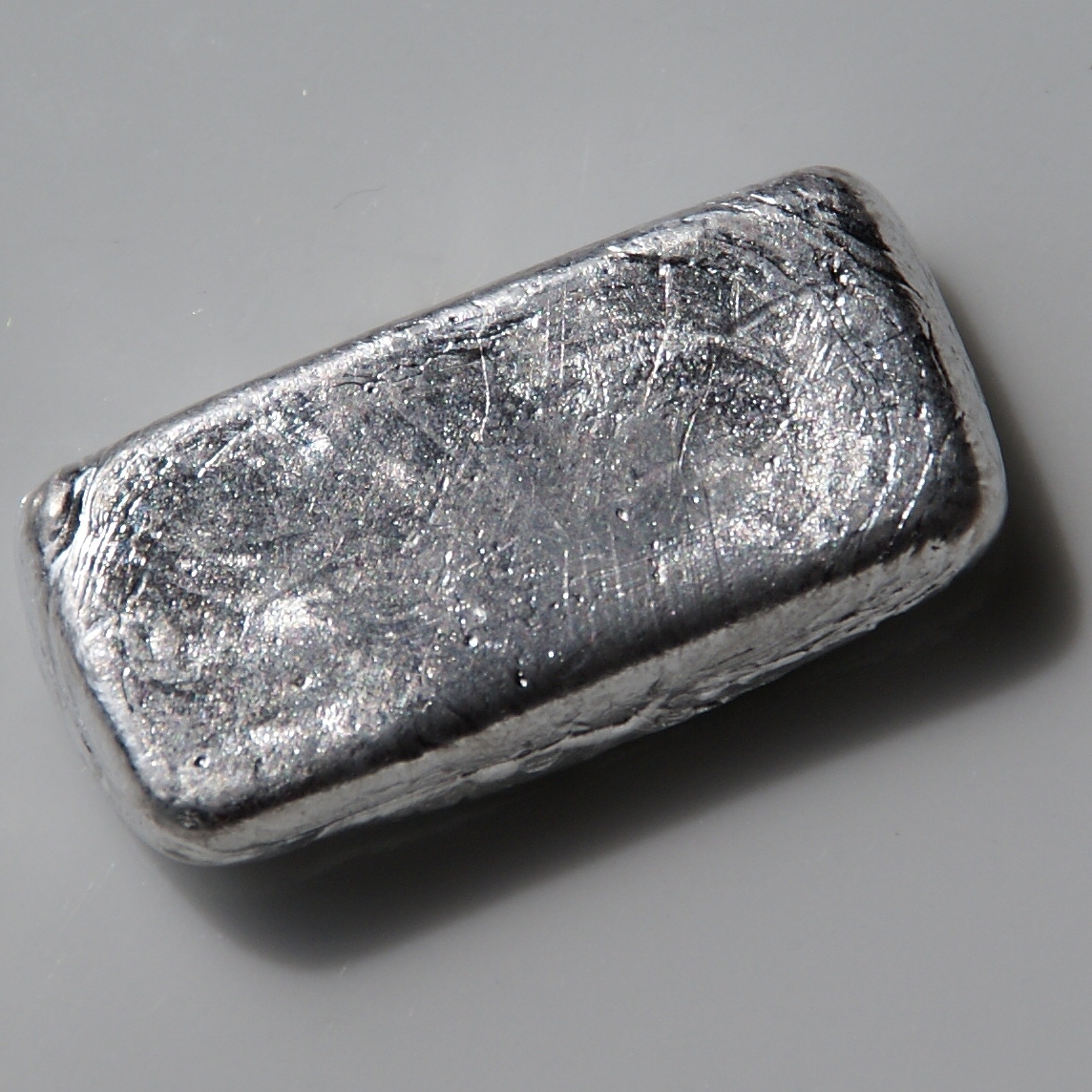Europium Ingot 99,9% high purity

Europium Ingot
Europium Ingot 99,9%
In 1901, Eugène-Anatole Demarçay finally confirmed his suspicions that the samples of samarium and gadolinium he had acquired five years earlier contained impurities from a previously undiscovered element. In a move away from the nationalistic tendency to name newly discovered elements according to countries - gallium, germanium and polonium were each discovered and named in the previous quarter of a century - Demarçay named his discovery after the entire European continent. Almost a century later, when the euro was introduced, europium phosphorescent compounds were appropriately selected for use in anti-counterfeiting measures embedded in the new currency's banknotes.
The main application of europium are light-emitting compounds called phosphorus, although they are found in many places in addition to the euro banknotes. The discovery of a europium-containing red phosphor revolutionized color television technology in the 1960s. Before the advent of europium phosphors, the phosphors used in color red color TVs were very weak, and in order to maintain the color balance, all other colors had to be attenuated. The availability of bright red phosphors meant that brighter color TVs were suddenly possible.
Today, two different classes of europium oxide phosphors provide red and blue light that can be used singly or in combination with a yellow-green white light phosphor. Europium phosphors are used in televisions, fluorescent lamps and some LEDs. In addition, europium is used as a dopant in glasses used for lasers and other opto-electronic applications and has some special research applications.
Europium is a rare earth element found in most rare earth minerals in varying amounts. It is most commonly obtained from Monazit and Bastnasit.
Metallic europium ingots with the highest possible quality and density. Ingots are generally the least expensive form of metal and are suitable for general applications. Standard bar sizes are nominally 2-3 cm x 3-8 cm x 6-12 cm. Materials are made using crystallization, solid state and other ultra high purification processes such as sublimation. Europium is also produced in rods, pellets, powders, pieces, discs, granules, wire and in composite forms such as oxide.
Europium prices
Europium price -> prices for rare earths and metals
Price high purity europium -> prices for high purity metals
